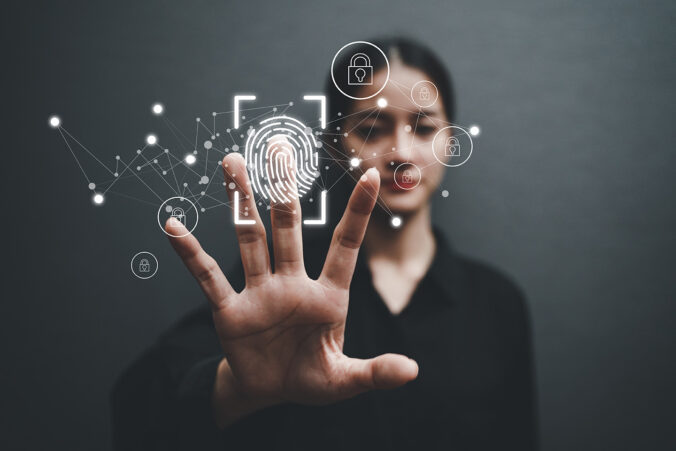BLOG 1: Introduction to Social Media and Personalized Learning Reflection
Hey Ella, your reflection was great! I liked the headings, the pictures you picked from Unsplash, the microlearning example, and that Wikipedia story made things easy to understand. Tying it all to the Good, Bad, and Ugly frame balanced things out nicely. One thing: in the Personalized Learning part, could you start with a simple definition in your own words? Also, maybe add an example from an elementary classroom, like a choice board with watch, read, do options, to make it feel more real. To back up your ideas, try adding a quick line or two from each source you link to (Cambridge/FutureLearn) right in the text, so it’s clear where your proof comes from. Overall, it’s a good start! These little changes would make it even easier to read and cite.
Hi Kathryn, I really liked this! Your intro felt personal, and listing actual tools like Canva, Google Classroom, and Kahoot makes it helpful right away. That Google yourself / set goals / be authentic checklist is a good touch, and the PE mock teacher photo made it feel more personal. I think the digital identity idea could use a bit more explaining. Maybe add a quick line or two defining it in your own words, like how we show up and are seen online. Also, a simple classroom activity, like a mini-audit where students Google themselves, set profile goals, and write a class posting rule, could work. Two small fixes: the YouTube video on what digital identity is… line should link to the actual video. Also, adding alt text to your pictures would help with accessibility. Overall, it’s friendly, real, and easy to read. A couple small changes, and it’ll be even better.
Hi Chad, this post was really good! I liked how you split up personal and professional identity and your practical habits (privacy settings, think before posting). The Visitor/Resident mapping felt real—mentioning Instagram, Discord, Google Docs, Canvas, and your LinkedIn plan makes it doable. I feel like personalized learning is mostly from your own experience. Could you add a quick definition in your own words plus an example, like a watch / read / do choice board linked to goals? To give it more credibility, use a line or two from Constructivism or Self-Directed Learning when you talk about them. Small things: add alt text to pictures for accessibility and change Provide by to Provided by. You could also make the every single post part softer by saying you save things with screenshots and have rules like audience lists and privacy checkups. Basically, it’s warm, organized, and helpful—good job.
Hi Grace, this reflection was really clear and easy to relate to! I liked how you separated personal and professional spaces with good habits (different accounts, privacy checks, handles) and linked that to what people expect. It makes the advice seem useful. Your Visitor–Resident map is a good visual. Seeing where you are on Google, YouTube, Instagram, WeChat, Brightspace, and LinkedIn helped me see your pattern and your goal to be more active on professional platforms. I think the personalized learning part is mostly examples. Could you start it with a definition in your own words and add something concrete, like a monthly LinkedIn post or a small GitHub project with a short readme, to make the plan doable? Overall, an amazing post!
Hey Lili, great post! I really liked how you walked through your Visitor–Resident map with all the little details (the Instagram boxes and the EDCI blog) and how you connected EdSA leadership and your UVic award to having a good professional presence. Some lines sound a bit too definite (like cookies store it forever). Can you make that softer and add small steps you’ll take, like privacy checkups and audience lists? In personalized learning, focusing on feedback is good. Can you show one thing you’ll do, like exit tickets or quick talks, so readers see it in action? Overall, a really great post!
Hey Ben, really thoughtful post! I liked how you use UDL for digital spaces and keep things practical and encouraging. The headings make it easy to read. The UDL part could be more concrete. Can you add 2–3 small things you’ll do, like captions and image alt text, help with language like glossaries, and a watch/read/do choice board, plus a way to see if it works (exit tickets or polls)? To back things up, add a line defining UDL and how it’s different from accommodations. Small ideas: put media right in the post, add alt text, and add a Key takeaways list. Overall, it’s warm, organized, and focused—good work!
Hi Lili, really thoughtful post! I liked your boundary-setting around PLNs (preferring in-person) and the privacy checklist. The headings make it easy to read. Your UDL section is good, and the questions you ask yourself (captions, transcripts, options, limits) show you’re thinking ahead. The science-camp example makes things real. I think the PLN part is mostly visitor, and your resources are in your head. Could you add something small that fits you, like a newsletter, blogs, or a coffee chat, with something you track (shares or projects)? Two small things: put the Common Sense video in the post and add alt text for pictures. Basically, it’s warm, organized, and focused—good job!



